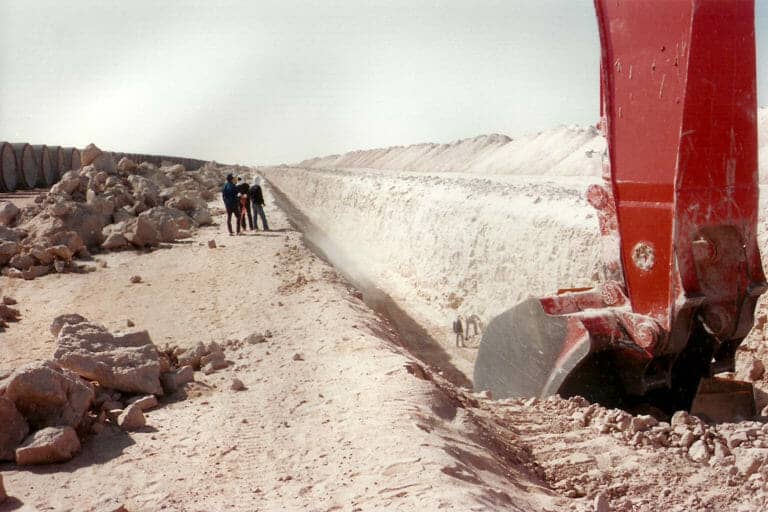- Many dryland cities like Los Angeles, Cairo and Tehran have already outstripped natural water recharge, but are expected to continue growing, resulting in a deepening arid urban water crisis.
- According to NASA’s GRACE mission, 19 key freshwater basins, including several in the U.S., are being unsustainably depleted, with some near collapse; much of the water is used indiscriminately by industrial agribusiness.
- Many desert cities, including Tripoli, Phoenix and Los Angeles, are sustained by water brought from other basins by hydro megaprojects that are aging and susceptible to collapse, while the desalination plants that water Persian Gulf cities come at a high economic cost with serious salt pollution.
- Experts say that thinking about the problem as one of supply disguises the real issue, given that what’s really missing to heading off a global freshwater crisis is the organization, capital, governance and political will to address the problems that come with regulating use of a renewable, but finite, resource.
On April 11, 2020, a band of fighters stormed and seized a water control station in the Libyan Sahara. Taking employees prisoner, they occupied a key nexus that helps move 1.2 million cubic meters (317 million gallons) of water per day — 480 Olympic-sized swimming pools — from freshwater aquifers beneath the desert down to the coast.
The raiders flipped a switch and at a stroke, 400 kilometers (250 miles) away, in the capital Tripoli, 2 million people’s taps went dry.
One of many such attacks, this battle in the intensifying global water wars has dire portent for[…]
Full article: Humanity’s challenge of the century: Conserving Earth’s freshwater systems

